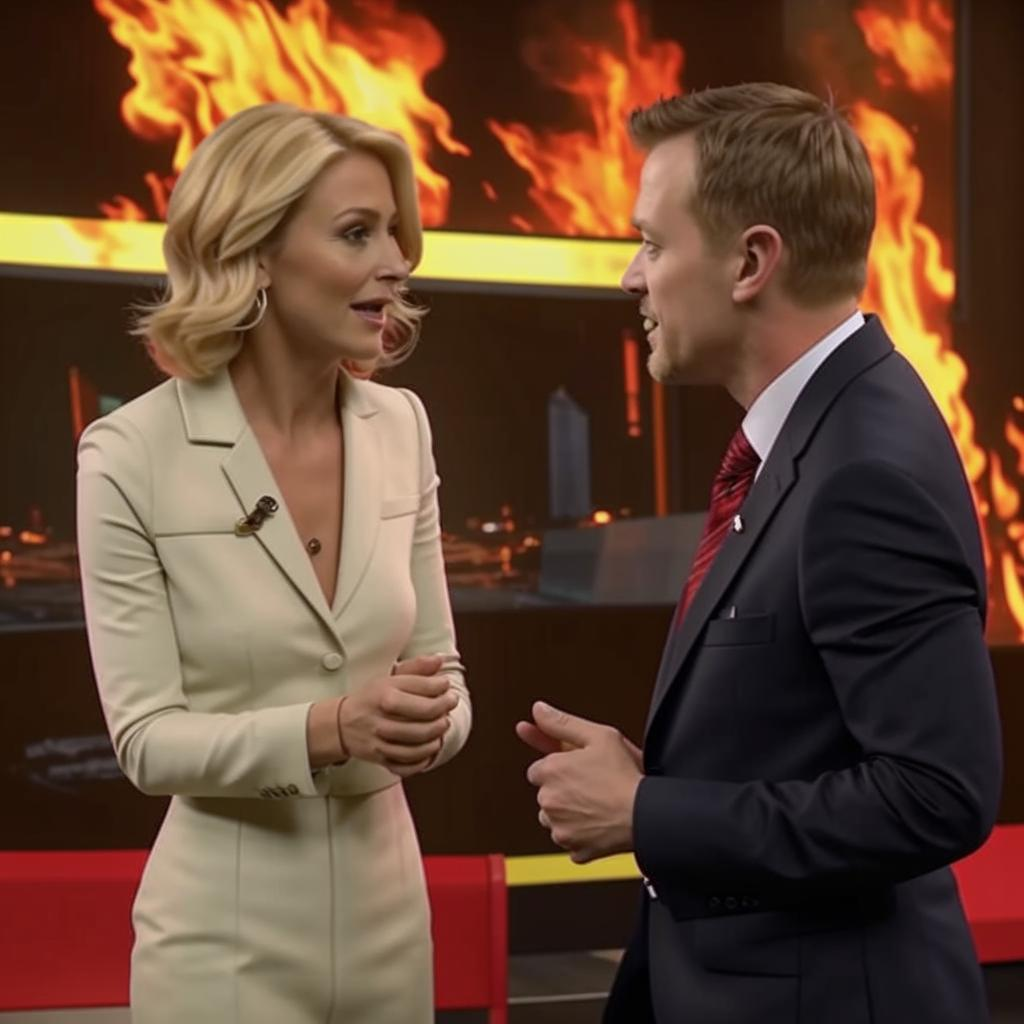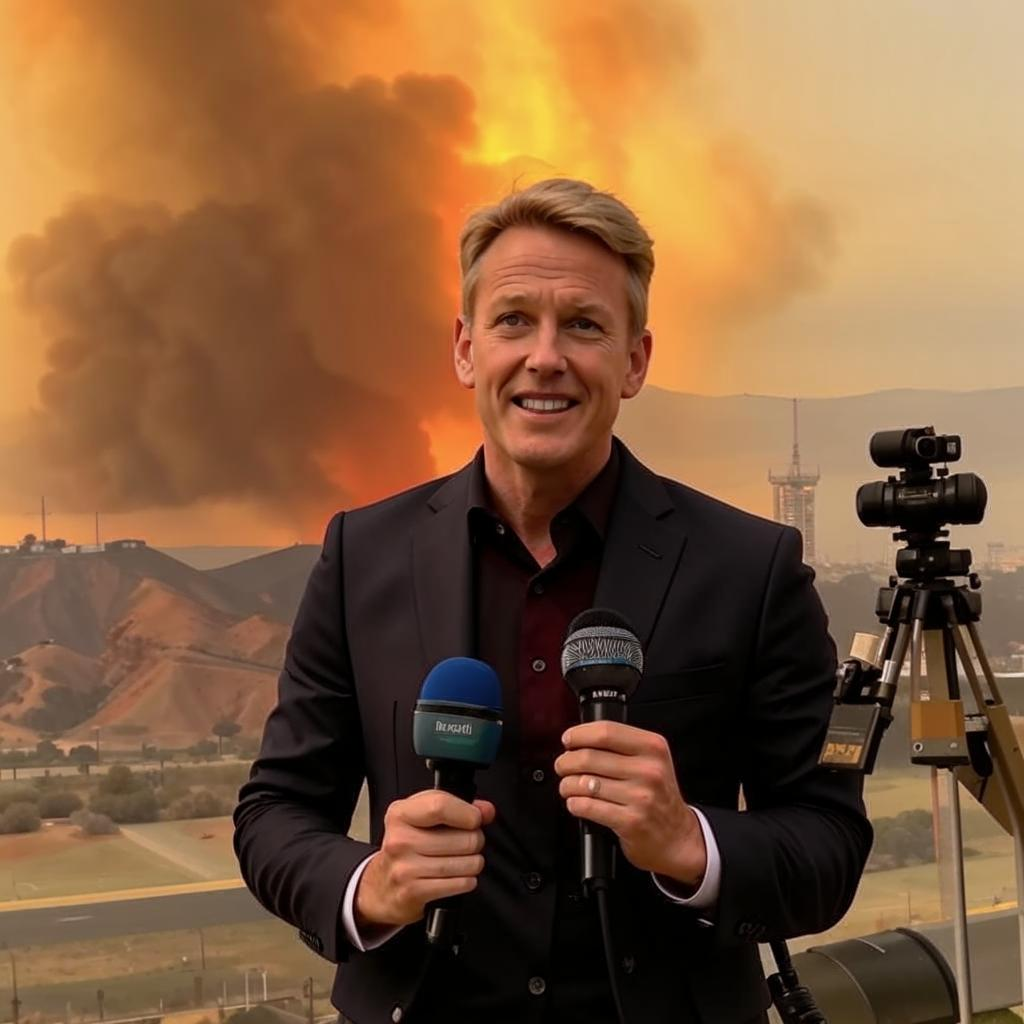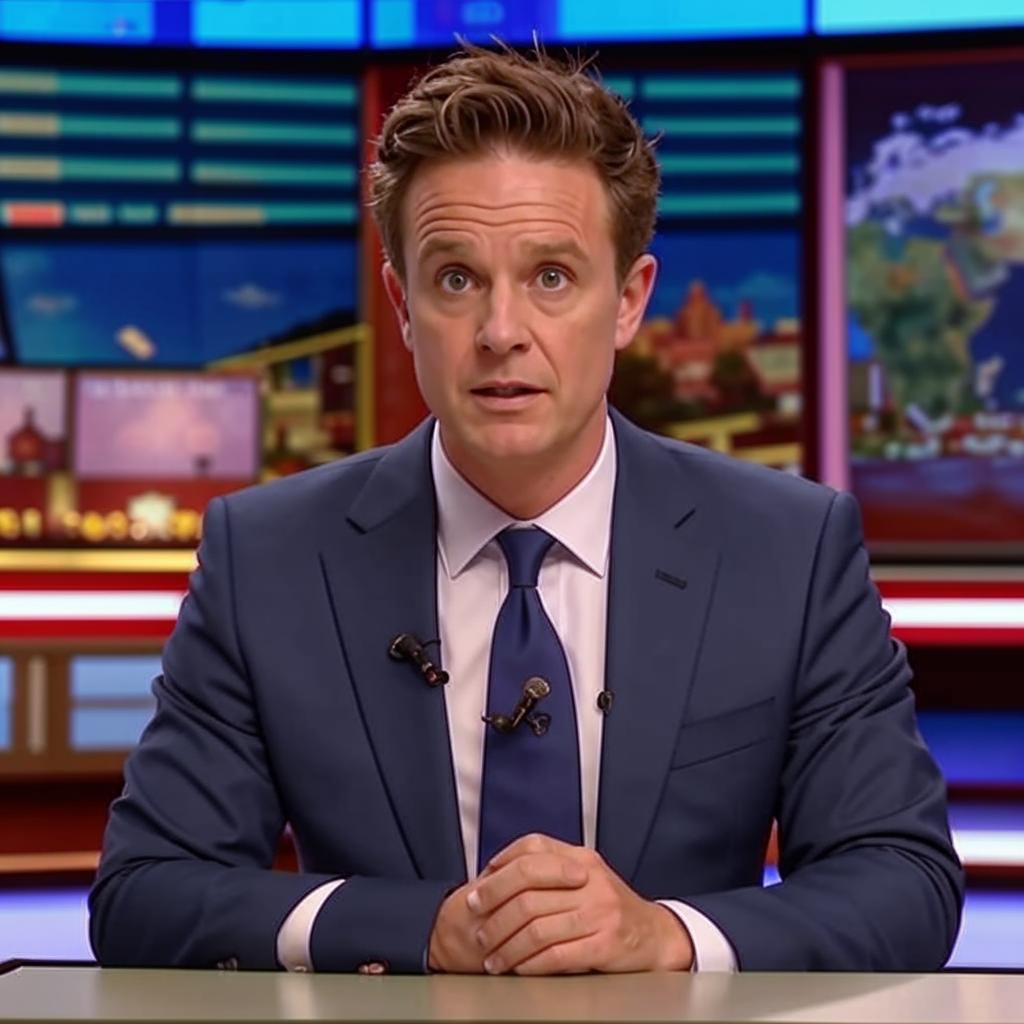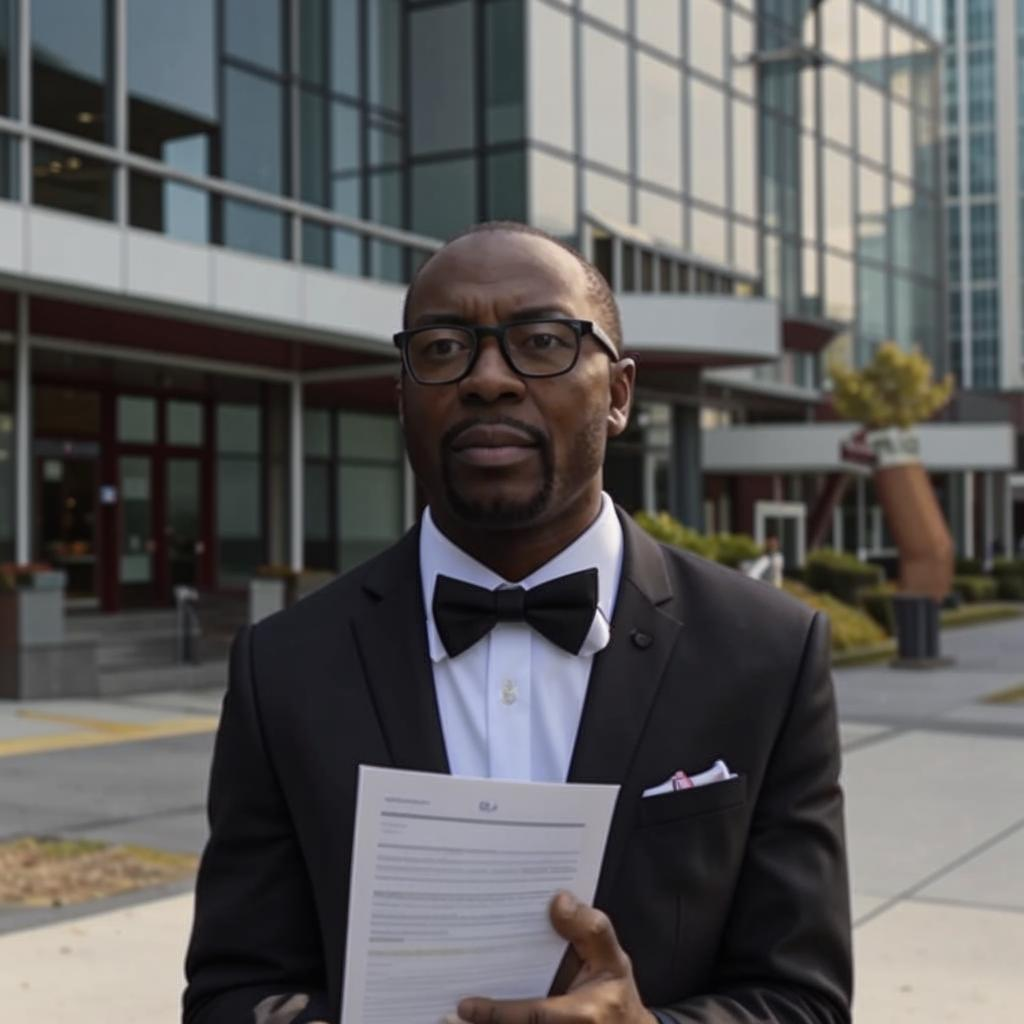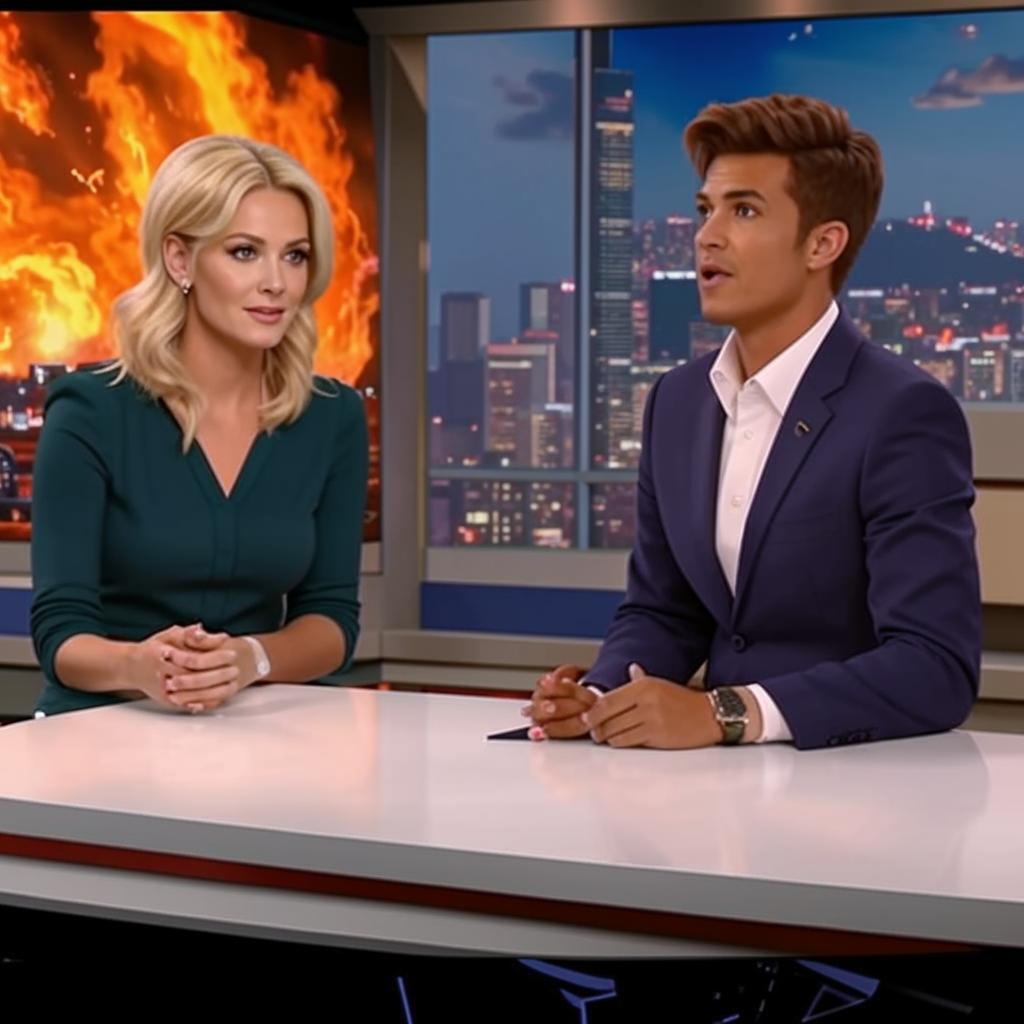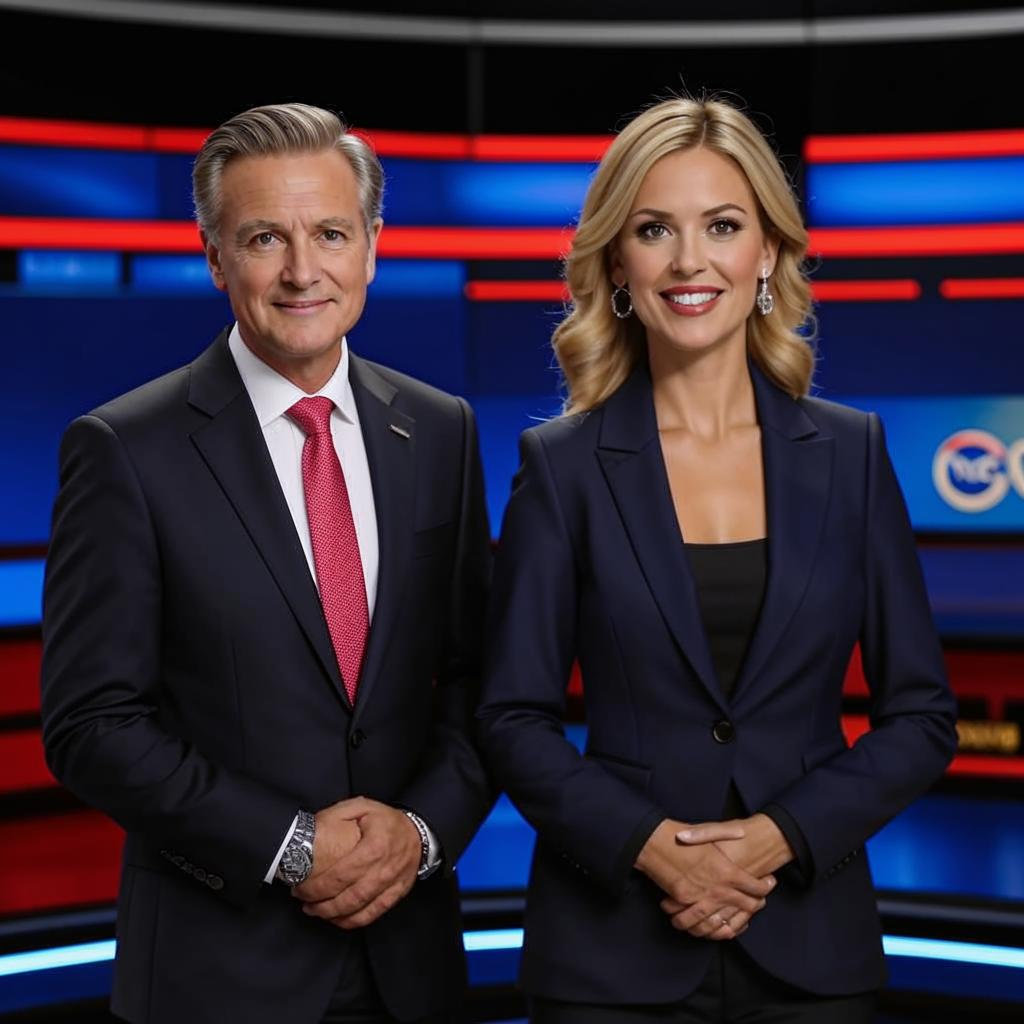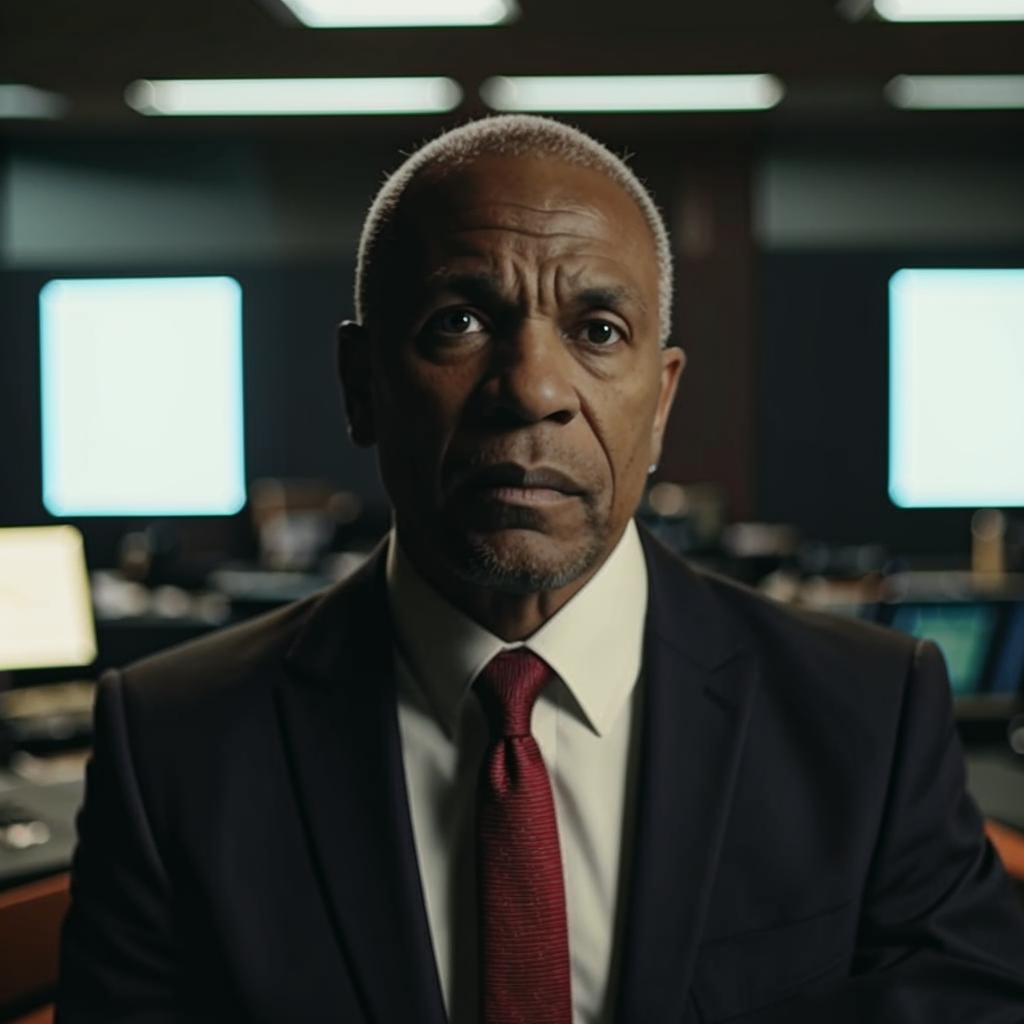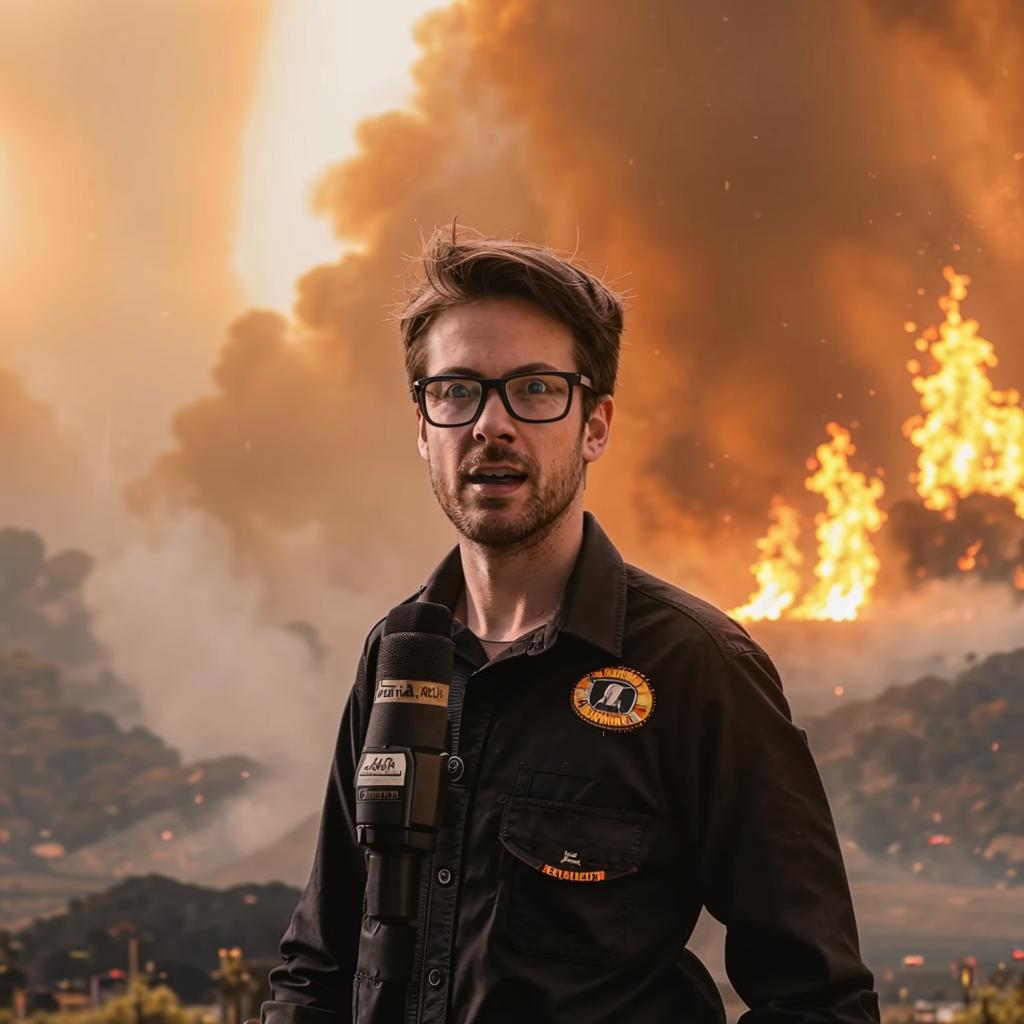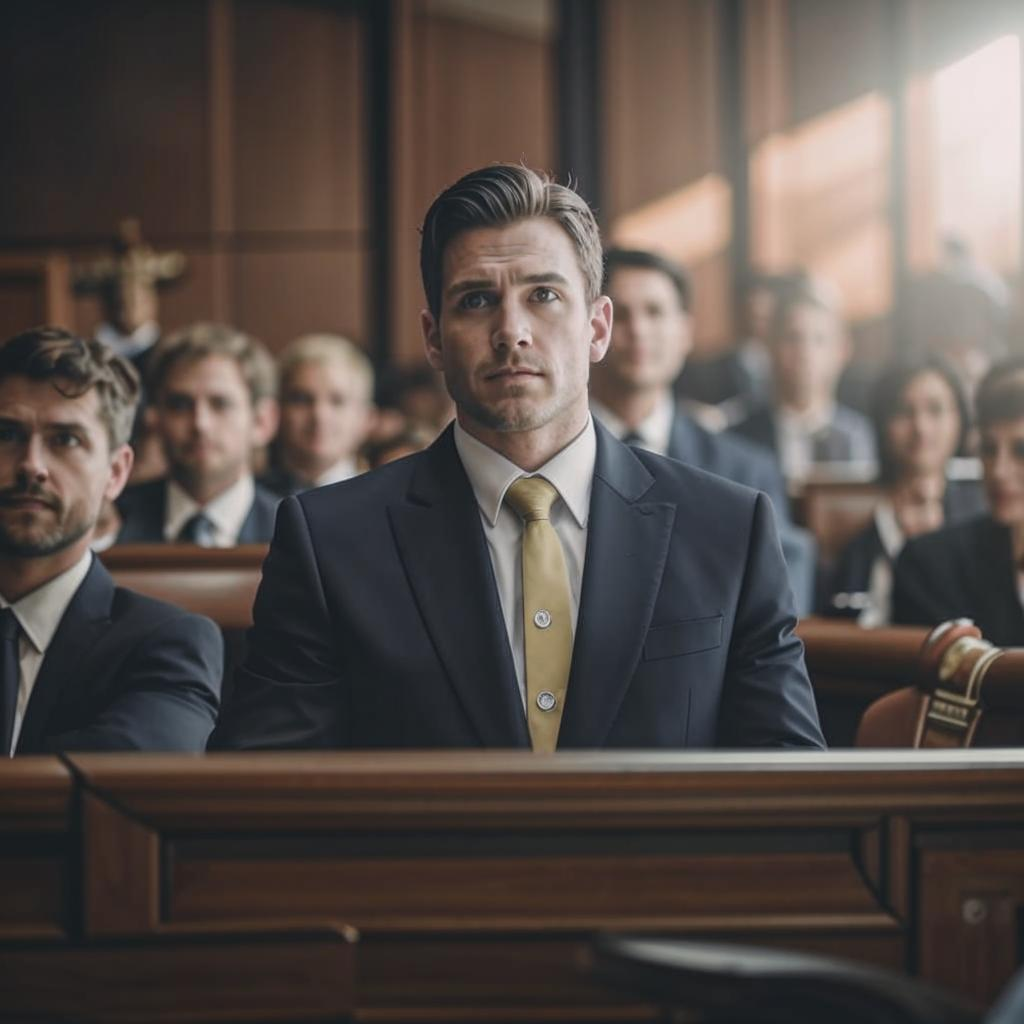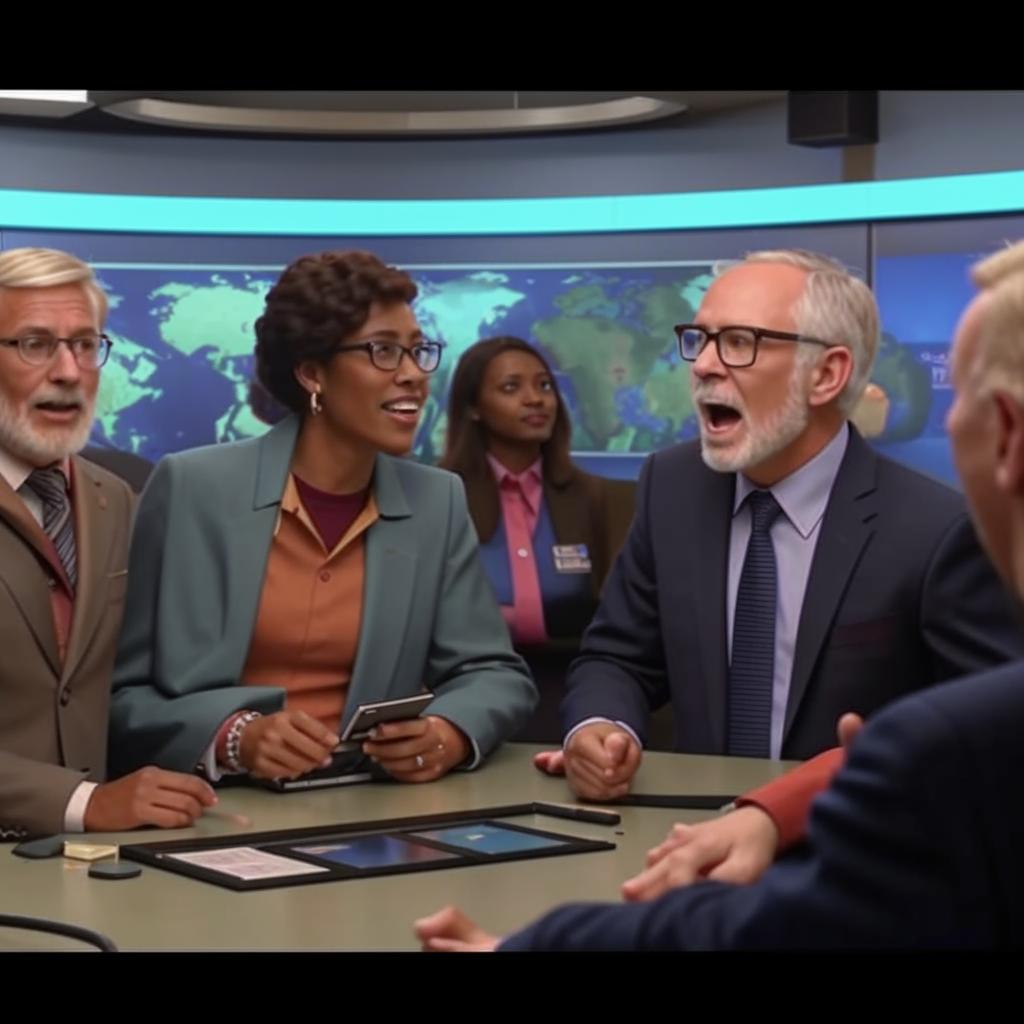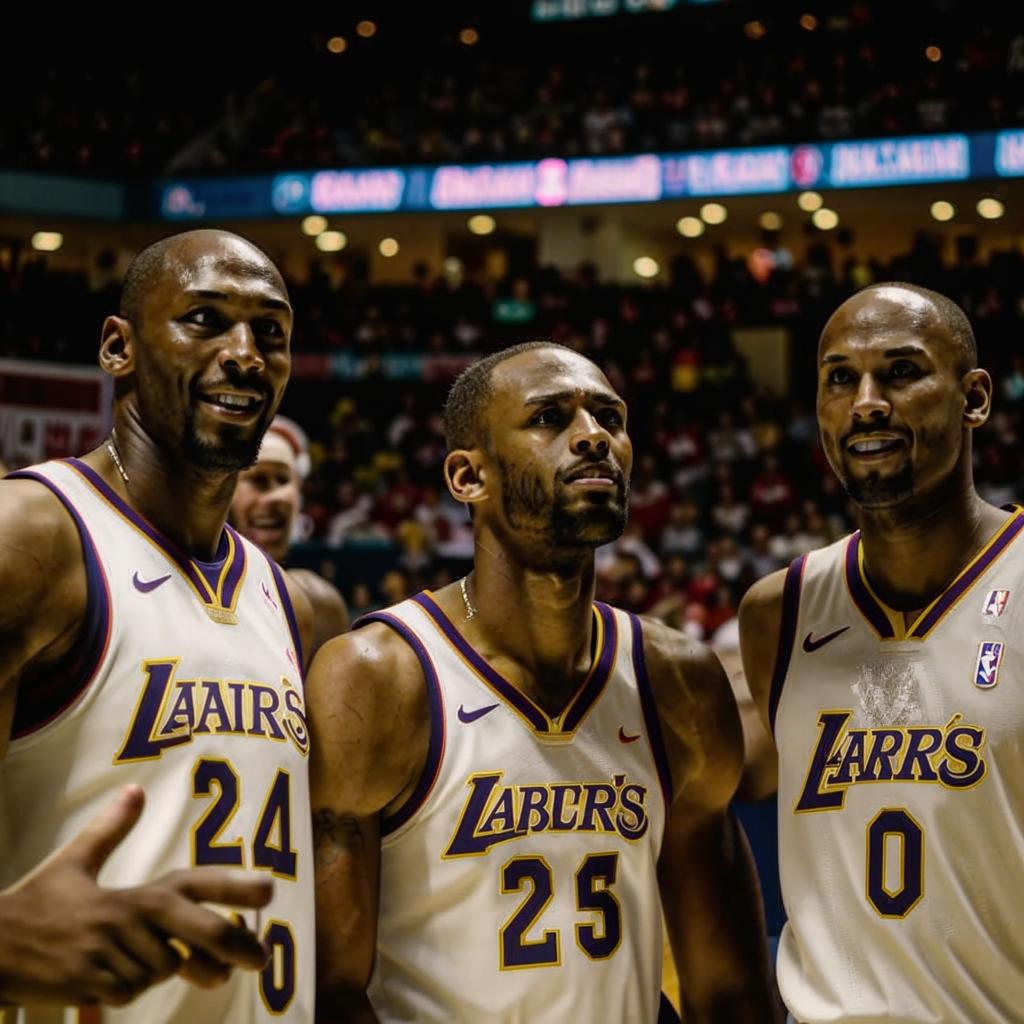Megyn Kelly has criticized David Muir’s wildfire reporting. She claimed that Muir was “playing dress up” during his coverage of the California wildfires. She further insinuated that his on-site presence was more about creating a visually striking image than delivering essential information to viewers.
Kelly’s remarks have sparked a debate regarding journalistic ethics in disaster zones. A crucial question is: where does one draw the line between informing the public and sensationalizing an event?
While some view Muir’s reporting as a crucial means of raising awareness about the fires and the dire need for aid, others support Kelly’s criticism, claiming that news outlets tend to prioritize spectacle over providing essential information. The controversy shines a spotlight on the tension between delivering impactful news and the potential exploitation of human suffering. The online discussions are currently trending.
The debate raises important questions about the role of media in crisis situations. Is it more valuable to document from afar, prioritizing safety and objectivity? Or is it essential for journalists to be on the ground, providing firsthand accounts of the devastation, even if it means facing certain risks. Some viewers have accused networks of sensationalizing disasters to boost ratings.
